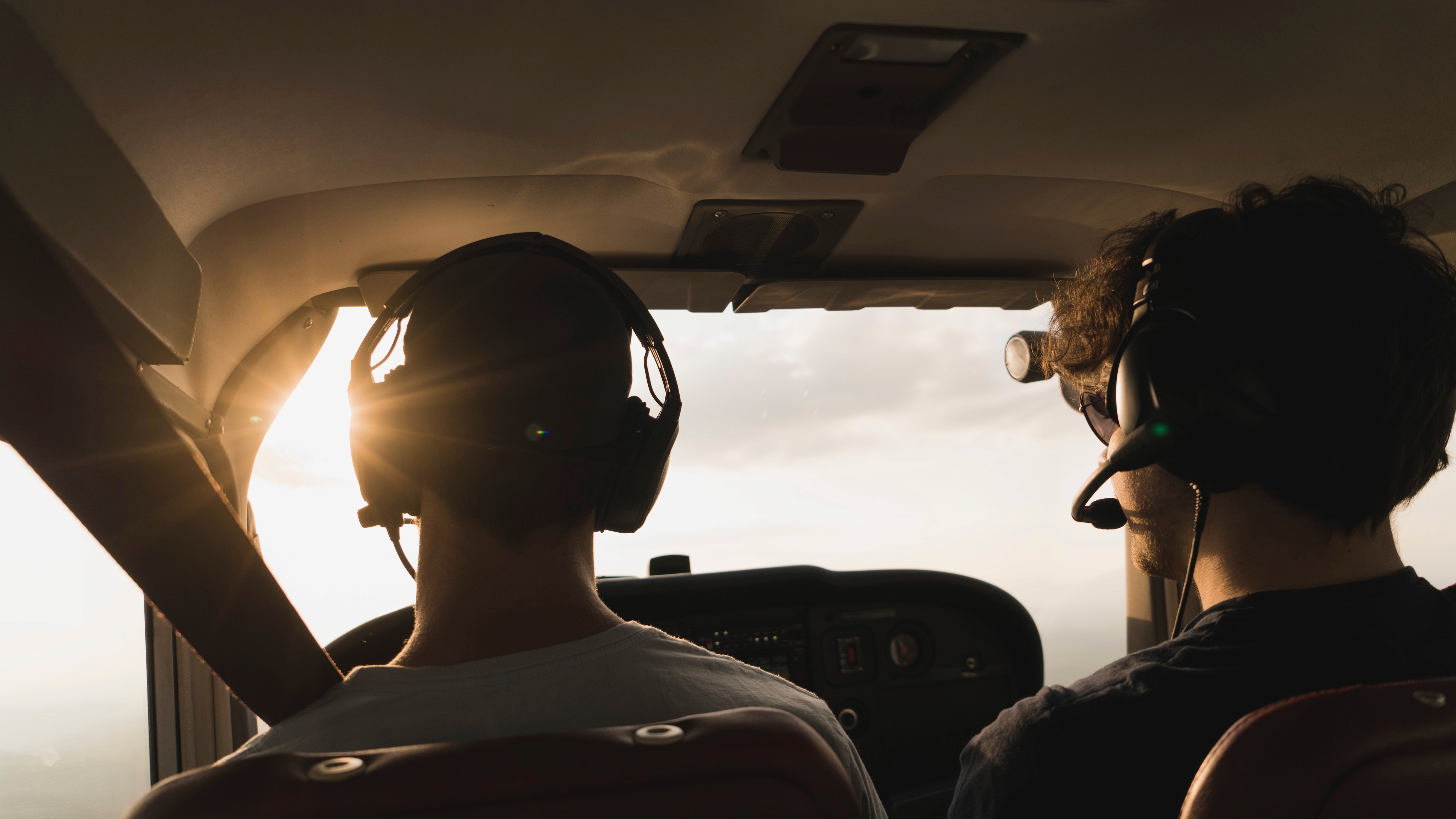
Introduction
Pilots play a crucial role in ensuring safe and successful long-haul flights, including those that stretch for 12 hours or more. In this blog post, we'll delve into the strategies and skills that pilots employ to handle these lengthy journeys with precision and professionalism.
Extensive Planning and Preparation
Before embarking on a 12-hour flight, pilots undergo extensive planning and preparation. They review the flight route, weather conditions, fuel requirements, and potential alternate airports in case of diversions.
Rest and Sleep Management
Pilots adhere to strict rest and sleep management regulations to ensure they are well-rested before the flight. Adequate rest is crucial to maintain alertness and focus during the long journey.
Crew Resource Management
Long-haul flights often require a crew of multiple pilots. Crew resource management fosters effective communication and collaboration among the flight crew to optimise performance and decision-making.
Skillful Navigation and Automation
Pilots rely on advanced navigation systems and automation to monitor the aircraft's position and performance throughout the flight. These technologies assist in maintaining the flight's trajectory accurately.
In-Flight Checks and Systems Monitoring
During the flight, pilots perform regular checks and monitor the aircraft's systems to ensure everything operates smoothly. This meticulous approach helps identify any issues early and address them promptly.
Managing Fatigue and Alertness
Long-haul flights can be physically and mentally demanding for pilots. They utilise strategies like in-flight exercises, stretching, and staying hydrated to manage fatigue and maintain alertness.
Coordinating with Air Traffic Control
Pilots stay in constant communication with air traffic control, updating them on the flight's progress and receiving crucial information about airspace conditions.
Turbulence and Weather Management
Managing turbulence and adverse weather conditions is essential during long flights. Pilots make real-time adjustments to avoid rough patches and ensure passenger comfort and safety.
Contingency Planning
Pilots prepare for unforeseen events by having contingency plans in place. These plans cover various scenarios, such as medical emergencies or diversions, and help pilots respond promptly and effectively.
Support from Cabin Crew
Pilots work closely with the cabin crew, receiving updates on passenger needs and addressing any potential issues that arise during the flight.
Conclusion
Pilots undergo rigorous training and adhere to stringent safety standards to handle 12-hour flights with expertise and professionalism. Their extensive planning, skillful navigation, and coordination with the crew contribute to the safe and efficient execution of these lengthy journeys. Passengers can rest assured knowing that their flight is in the capable hands of highly trained and dedicated pilots, committed to providing a smooth and enjoyable journey to their destination.